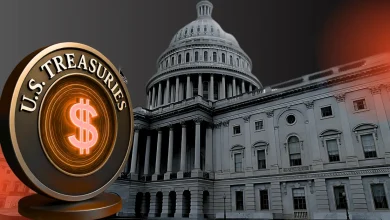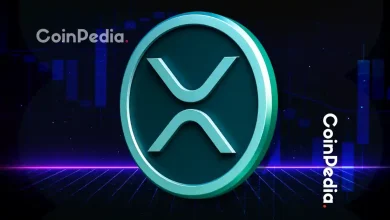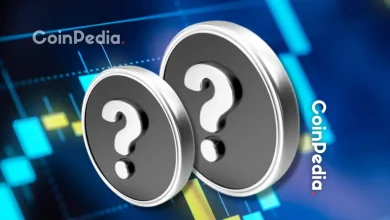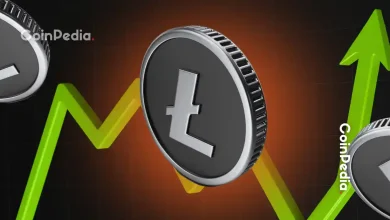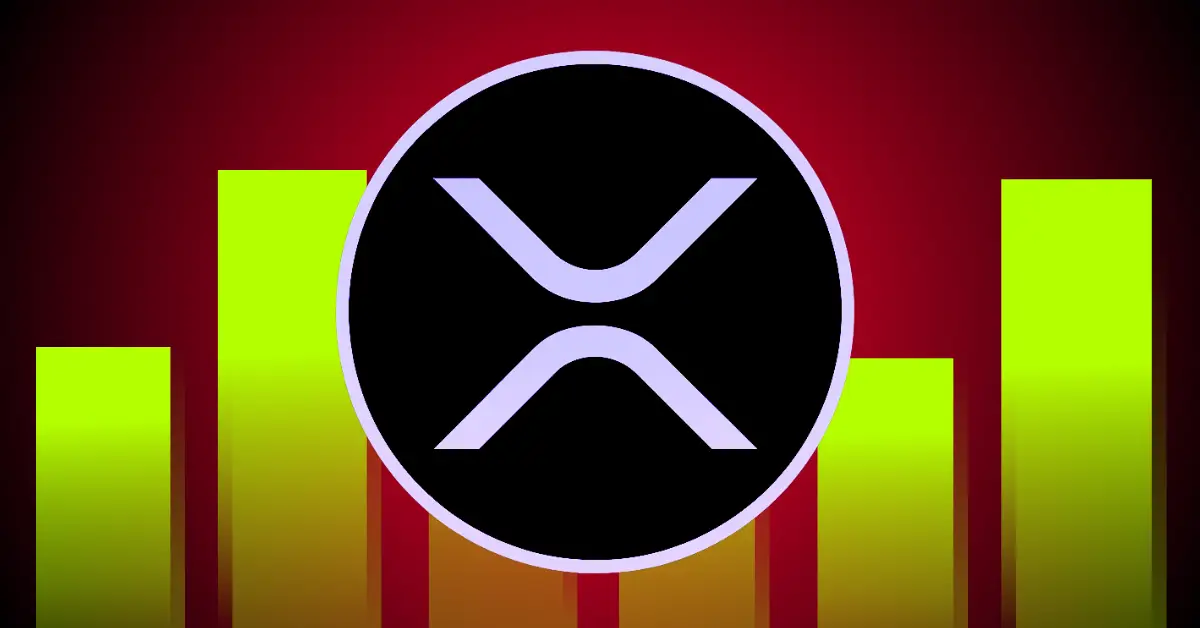
XRP is starting August on a shaky note as the price action shows growing signs of weakness on the weekly chart. After holding above the critical $3 level, XRP has now slipped below it, raising concerns of a deeper correction in the coming days or weeks.
Weekly Chart Shows Bearish Signs
On the weekly timeframe, XRP is showing a clear breakdown below the $3 support zone. With just about a day left until the weekly candle closes, the current red candle is looking likely to confirm a bearish divergence. This signal often suggests the beginning of a larger market slowdown or pullback. If this pattern plays out, XRP could face a month or more of downside movement or sideways consolidation.
XRP’s Volatility Could Bring Bigger Drops
Unlike Bitcoin, which typically corrects in more gradual movements, XRP is known for making sharp, sudden moves both upward and downward. If the bearish momentum continues, XRP may fall to around $2.50 as the first major support level, or possibly even down to $2. From current levels, a drop to $2.50 would be a roughly 13–14% fall. A move to $2 would represent a 30% decline.
Breaking Below $2.90 Is a Warning Sign
Looking at the daily chart, XRP recently bounced off the $2.90 level, but that support has now broken. This is a key area that previously provided temporary relief, but the price is now picking up bearish momentum. If this breakdown holds, it could lead to a deeper drop in the near term.
The next major support zone sits between $2.55 and $2.62. This could act as the first short-term target if XRP continues to fall.
While the broader market is still digesting Bitcoin’s recent pullback, Bitcoin dominance is starting to rise again. Historically, when Bitcoin dominance climbs, altcoins like XRP tend to struggle. This means the altcoin market could face continued pressure in the short term.
At the same time, market conditions are shifting. Economic uncertainty, potential interest rate cuts, and global regulatory updates are adding new layers to crypto’s price movements. For XRP, these conditions combined with its chart structure is not usually a bullish sign in the near future.
Trust with CoinPedia:
CoinPedia has been delivering accurate and timely cryptocurrency and blockchain updates since 2017. All content is created by our expert panel of analysts and journalists, following strict Editorial Guidelines based on E-E-A-T (Experience, Expertise, Authoritativeness, Trustworthiness). Every article is fact-checked against reputable sources to ensure accuracy, transparency, and reliability. Our review policy guarantees unbiased evaluations when recommending exchanges, platforms, or tools. We strive to provide timely updates about everything crypto & blockchain, right from startups to industry majors.
Investment Disclaimer:
All opinions and insights shared represent the author's own views on current market conditions. Please do your own research before making investment decisions. Neither the writer nor the publication assumes responsibility for your financial choices.
Sponsored and Advertisements:
Sponsored content and affiliate links may appear on our site. Advertisements are marked clearly, and our editorial content remains entirely independent from our ad partners.

